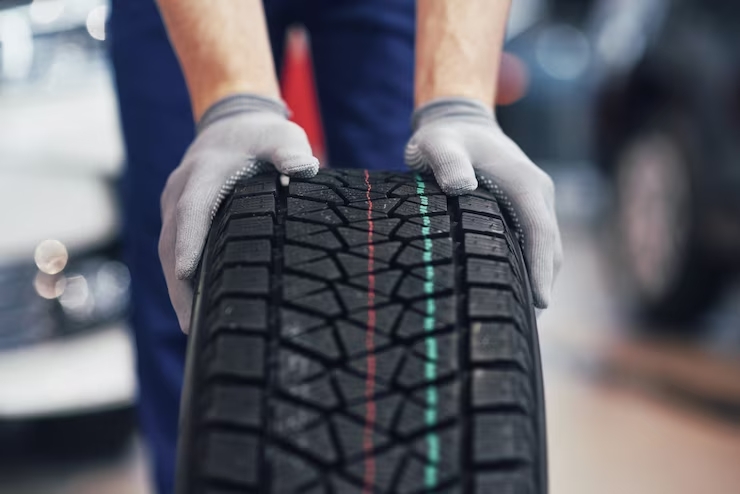Tires are one of the most critical components of a vehicle, directly impacting safety, handling, and overall performance. Adequate tire tread depth is essential for proper traction and grip on the road, especially in wet or slippery conditions. To help drivers monitor their tire tread depth, many modern vehicles are equipped with tire tread warning lights. In this article, we will explore the significance of these warning lights and provide maintenance tips for ensuring optimal tire tread depth.
- Understanding Tire Tread Warning Lights: Tire tread warning lights are designed to alert drivers when the tread depth of their tires falls below a certain threshold. These warning lights are typically connected to sensors in the tires or the vehicle’s onboard diagnostics system. When the tire tread depth reaches a critical point, the warning light illuminates, indicating the need for attention and potential tire replacement.
- The Importance of Tire Tread Depth: Tire tread depth plays a crucial role in maintaining traction and stability on the road. The tread pattern on tires helps channel water away from the contact patch, reducing the risk of hydroplaning and improving grip. Insufficient tread depth can result in reduced braking performance, longer stopping distances, poor handling, and an increased risk of accidents, particularly in adverse weather conditions.
- Common Causes of Tire Tread Warning Lights: a. Natural Wear and Tear: Over time, tire tread gradually wears down due to normal usage. As the tread depth decreases, the tire becomes more susceptible to hydroplaning and loss of traction.
b. Improper Tire Inflation: Underinflated or overinflated tires can accelerate tread wear and reduce overall tire performance. Incorrect tire pressure can lead to uneven wear patterns, affecting the tire tread depth.
c. Irregular Tire Rotation: Failure to regularly rotate tires can result in uneven wear across the tread surface. This can lead to uneven tread depth and the need for premature tire replacement.
- Maintaining Optimal Tire Tread Depth: a. Regular Tread Depth Inspections: Routinely inspect the tread depth of your tires using a tread depth gauge or the built-in wear indicators found in some tires. Measure the tread depth in multiple locations across the tire and ensure it meets the manufacturer’s recommended minimum depth. This is typically around 2/32 of an inch (1.6 mm) for most passenger vehicles.
b. Rotate Tires Regularly: Follow the recommended tire rotation schedule provided by the vehicle manufacturer or tire manufacturer. Regular tire rotations help ensure even tread wear, extending the lifespan of the tires.
c. Proper Tire Inflation: Maintain proper tire inflation as recommended by the vehicle manufacturer. Check tire pressure regularly, at least once a month, and adjust as needed. Underinflated tires can lead to increased tread wear on the outer edges, while overinflated tires can cause excessive wear in the center of the tread.
d. Replace Worn Tires: When the tire tread depth reaches the minimum recommended level or when the tread wear indicators are visible, it’s time to replace the tires. Investing in new tires ensures optimal traction, safety, and performance on the road.
- Seek Professional Assistance: If the tire tread warning light illuminates, it is essential to have the tires inspected by a qualified professional. They can assess the tread depth, identify any issues, and recommend the appropriate course of action. Professional assistance is particularly crucial if you are unsure about the condition of your tires or if the warning light persists even after replacing worn tires.
Tire tread warning lights serve as vital indicators for maintaining optimal tire performance and safety. By understanding their importance and following proper maintenance practices, drivers can ensure adequate tire tread depth, improve traction, and reduce the risk of accidents. Regular tread depth inspections, tire rotations, proper inflation, and timely tire replacements will help maximize the lifespan and performance of your tires, providing peace of mind and enhanced safety on the road. Remember, well-maintained tires are essential for a smooth and secure driving experience.











